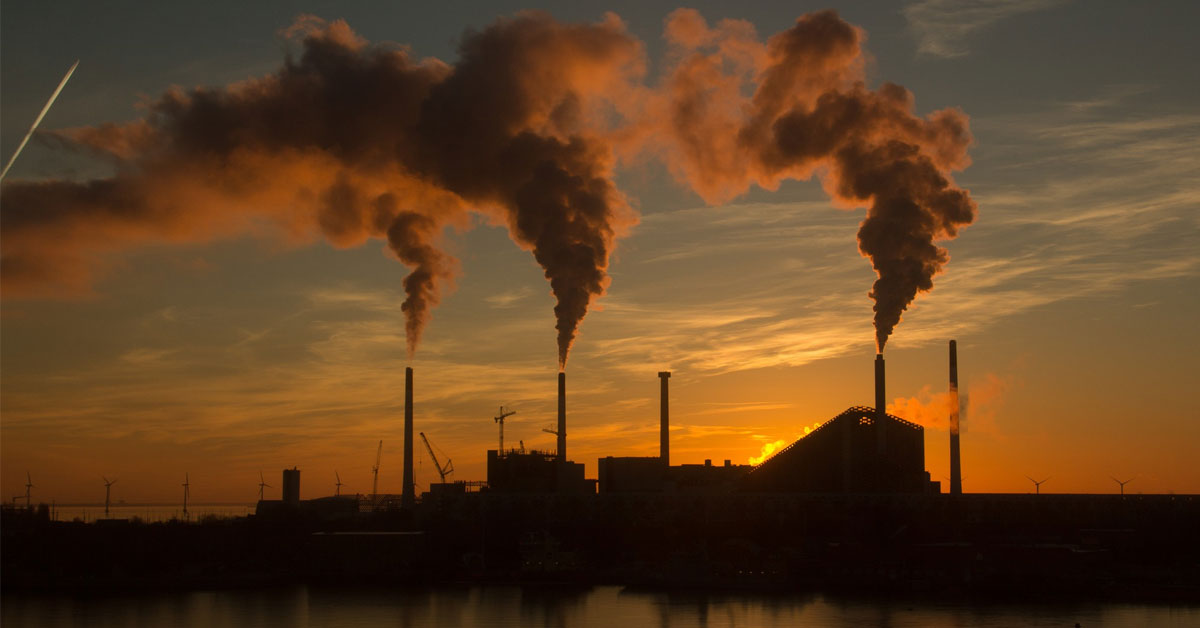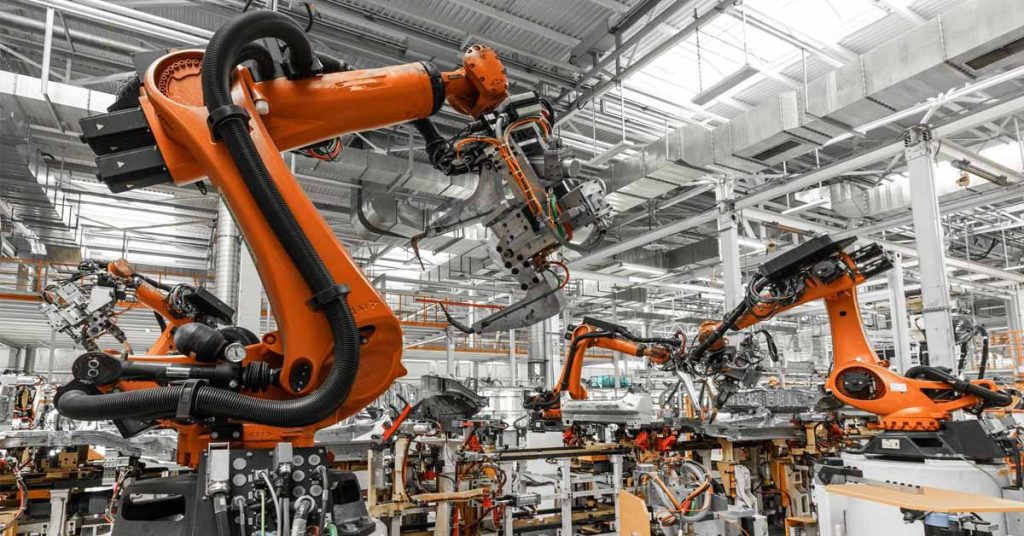In today’s rapidly advancing industrial world, the role of chemicals in manufacturing cannot be overstated. Chemicals play an important role in a wide variety of processes, from the creation of raw materials to the final product.
However, while these chemicals have certain benefits and are often necessary for certain things, they pose significant risks to both human health and to the environment. This article delves into the harmful chemicals prevalent in manufacturing industries and examines their impacts. Check out this published article for more information.
The Prevalence of Harmful Chemicals
Manufacturing industries use all sorts of chemicals, some of which are inherently hazardous. These chemicals can be found in sectors such as textiles, electronics, plastics, pharmaceuticals, and more. Some of the most commonly used harmful chemicals include:
- Volatile Organic Compounds (VOCs): These are commonly found in paints, solvents, and adhesives, VOCs can cause respiratory issues, liver damage, and even cancer with prolonged exposure.
- Heavy Metals: Lead, mercury, cadmium, and chromium are used in various manufacturing processes. These metals are toxic and can lead to severe health problems, including neurological damage and kidney disease.
- Asbestos: Although its use has declined due to its known health risks, asbestos is still present in some industries. It causes asbestosis, lung cancer, and mesothelioma.
- Phthalates: These are used to make plastics more flexible, phthalates are endocrine disruptors, potentially leading to reproductive and developmental issues.
- Formaldehyde: These chemicals are frequently used in the production of resins and as a preservative, formaldehyde is a carcinogen that can cause respiratory problems and skin irritation.
Health Impacts
The health impacts of harmful chemicals in manufacturing are profound and multifaceted. Workers in these industries are at the forefront of exposure, facing any number of health issues.
a. Acute Health Effects
- Respiratory Issues: Inhalation of fumes and dust can cause conditions such as asthma, bronchitis, and other respiratory disorders.
- Skin Irritation: Direct contact with chemicals can lead to dermatitis, rashes, and chemical burns.
- Eye Irritation: Many chemicals can cause eye irritation or damage, leading to temporary or permanent vision impairment.
b. Chronic Health Effects
- Cancer: Prolonged exposure to carcinogenic chemicals, such as asbestos, benzene, and certain heavy metals, significantly increases the risk of various cancers.
- Neurological Damage: Exposure to neurotoxic chemicals like lead and mercury can result in cognitive deficits, tremors, and other neurological disorders.
- Reproductive and Developmental Issues: Endocrine disruptors like phthalates can lead to reproductive health problems, including infertility and developmental issues in children born to exposed parents.
Environmental Impacts
The detrimental effects of harmful chemicals extend far beyond human health. Their use poses a number of significant threats to the environment. Industrial activities can lead to the release of toxic substances into the air, water, and soil, causing widespread damage to the planet.
a. Air Pollution
- Emissions of VOCs and Particulate Matter: These pollutants cause smog which contributes to respiratory problems in the surrounding population as well as to climate change.
- Greenhouse Gases: Certain industrial chemicals, like hydrofluorocarbons, are potent greenhouse gases that exacerbate global warming.
b. Water Pollution
- Contamination of Water Bodies: The discharge of untreated or inadequately treated industrial effluents into rivers, lakes, and oceans can lead to the accumulation of harmful substances, affecting aquatic life and human populations who are dependent on these water sources.
- Bioaccumulation: Toxic chemicals, such as heavy metals, can accumulate in the food chain thereby posing risks to wildlife and humans who consume contaminated fish and other organisms.
c. Soil Contamination
- Land Degradation: Improper disposal of hazardous waste and accidental spills can lead to soil contamination, affecting plant growth and food safety.
- Impact on Agriculture: Contaminated soil can lead to the uptake of harmful chemicals by crops, posing health risks to consumers and reducing agricultural productivity.
Mitigation Strategies
To address the numerous harmful effects of chemicals in manufacturing, a multi-pronged approach needs to be taken. There needs to be involvement from regulatory measures, technological innovations, and corporate responsibility.
a. Regulatory Measures
- Stricter Regulations: Governments need to enforce stringent regulations on the use and disposal of hazardous chemicals.
- Chemical Substitution: Encouraging the replacement of harmful chemicals with safer alternatives can significantly reduce health and environmental risks.
b. Technological Innovations
- Green Chemistry: Developing and implementing green chemistry principles can lead to the design of safer chemicals and processes that minimize environmental impact.
- Advanced Waste Treatment: Investing in advanced waste treatment technologies can ensure the safe disposal or recycling of hazardous waste, preventing environmental contamination.
c. Corporate Responsibility
Worker Safety Programs: Companies must prioritize the health and safety of their workers by providing proper training, protective equipment, and regular health check-ups.
Sustainable Practices: Adopting sustainable manufacturing practices, such as reducing chemical usage and improving energy efficiency, can mitigate the adverse effects on both human health and the environment.
Summing Up
The use of harmful chemicals in manufacturing industries poses significant challenges to human health and the environment. These risks can, however, be mitigated through stringent regulatory measures, technological advancements, and corporate responsibility but this requires enforcement and education. As industries continue to evolve, a concerted effort towards safer and more sustainable practices will be crucial in ensuring a healthier future for all.
ⓘ LAFFAZ is not responsible for the content of external sites. Users are required to read and abide by our Terms & Conditions.









